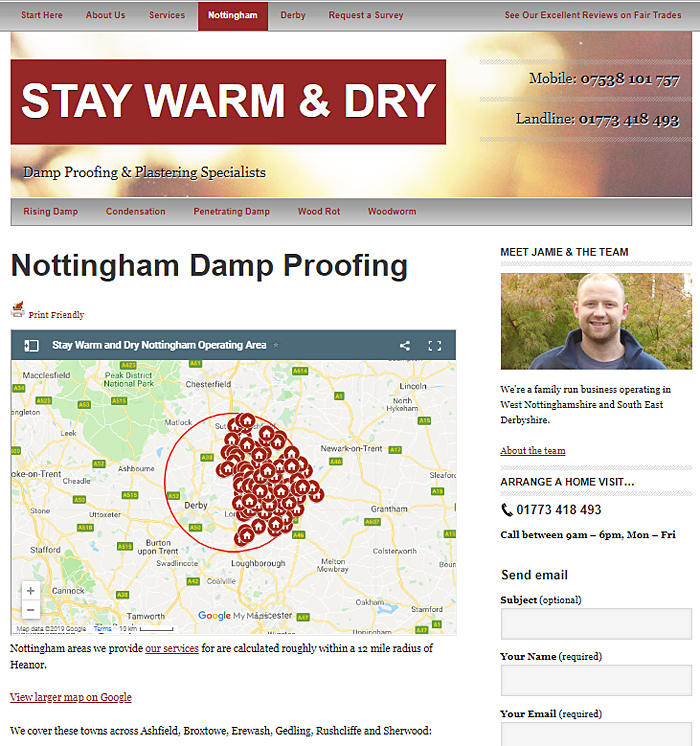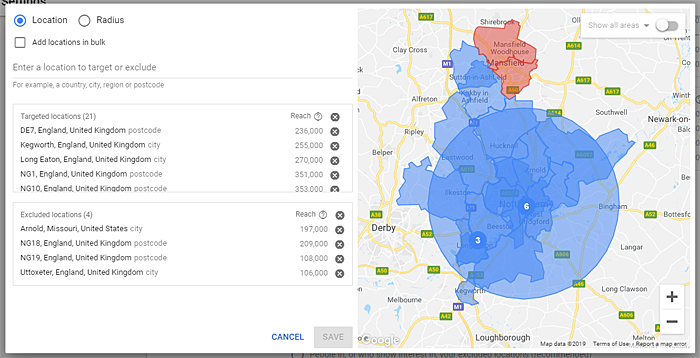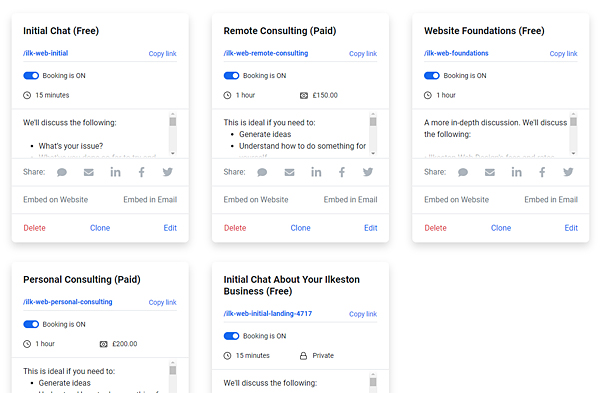Are you thinking of running online ads to promote your website? Before you do that, make sure you’re not just pouring water in a bucket full of holes.
The minute you go live with a business website, you’ll be inundated with cold callers offering to do wonderful, clever, complicated-sounding things for your website which will, according to them, translate into more sales.
They will tell you that driving more traffic to your site is just the ticket and that they can generate more business for you via pay per click ads.
If you don’t know, pay per click ads appear at the top of search engines and is a shortcut to getting more visitors to your website.
Though driving people to your site is important, there’s a missing crucial principle, which is this:
Persuading more people to visit your site is not the ultimate goal.
If your site is badly designed, slow, difficult to use, poorly written and lacks detail, you shouldn’t be advertising. At least not yet.
Don’t Just Build a “Website” – Build Trust and Set Expectations
Persuading the right people to visit, stick around, read your content and trust you enough to do business is the goal.
It’s better to have fewer visitors who are the right kind of potential customer than it is to have lots of visitors who either turn out to be the wrong fit or never call because the website doesn’t deliver on what the ad promised.
Have visitors sell themselves on your product/service before you talk to them, otherwise, they’re not a fully qualified prospect. It’s much easier to sell when someone with money to invest in whatever your solution is already knows you can help them.
Who The Hell Are You?
Include photos of yourself, and videos too, if you’re willing and able. A decent about page helps. Hiding ain’t helping your business and if you’re spending money to get people on your website, you’re not maximising the conversation rate.
Think about the stiff online competition. Think about the fear in the minds of your prospects not knowing you, and imagining you may be dodgy, a scammer, looking to use or betray them.
Look, everyone has crossed paths with rogue traders at some point, so it’s essential to demonstrate your business is a trusted advisor who understands them and their problem.
Paid advertising is implemented when you’re satisfied there is convincing, correct, persuasive messaging in place.
Raise the bar from the get-go. Aim to cover everything you do in detail so that you have a well-oiled business machine running 24/7. Automate it as much as you can, and consider using video to help you do it.
Use Very Specific Landing Pages For Ad Clicks
If you want to make the most of your ad spend, create specific, hyper-focused landing pages.
People should be taken to a page containing information relevant to what the ad said. This is a simple matter of setting and meeting expectations. For God’s sake, don’t send people to the website homepage!
Landing Pages Can Be Found in Organic Search Results
Landing pages can also be discovered through organic search engine results pages (SERPs) if you want them to be discoverable in that way.
It’s possible to deindex landing pages if you only want them to be seen when someone clicks an ad. if you have different landing pages for different ads, you’d probably want to deindex them all, so they’re only accessible via the paid ads.
Don’t Forget Geographic Area Landing Pages
If you serve a decently large locale, like Nottingham for example, write a page all about Nottingham and the work you do there. Include testimonials, case studies and an email contact form and/or phone number.
Again, you would create ads with headlines mentioning Nottingham that would entice prospects to click through to this Nottingham-themed landing page.
Google Ads has some excellent targeting options that let you only show ads to searchers in certain areas, such as city, town, postcode or radius.
Remove Your Phone Number
This is the part that will blow your mind. Visit most websites selling a service, and you’ll see phone numbers plastered all over it, practically begging you to “call for a quote” or something similar.
The idea that you should get people on the phone and having a conversation with you as quickly as possible in order to start a conversation has got to be the biggest crock of shit in business history.
When you advertise, you’re effectively opening the flood gates to time wasters, tyre kickers, price buyers, brain pickers, peasants, plebs, chavs, salespeople and lunatics. The great unwashed will arrive at your earhole for “a chat” whether they intend to buy something from you are not.
This has GOT to stop. You WILL run yourself ragged and it’ll be because you invited them to do it to you.
There’s a better way.
Set up a booking system on your landing page that gets people to book themselves in for an initial conversation with clear expectations on what will happen within that block of time.
You can configure these calendars any way you want, so you could, for example, be doing initial phone chats in the mornings and actually visiting people or whatever it is you do in the afternoons.
Gatekeeping and time management is something that must happen – ruthlessly so – and if you’re not doing this, this lack of process will be magnified by several orders of magnitude once you start advertising. Get. Your. Ducks. In. A. Row.
Summary: Stop Advertising Until You’ve Got Systems and Processes in Place.
Businesses are regularly crippled if there’s no process in place to handle a sudden surge of enquiries. Problems also arise because the website does not communicate well enough in the first place to help you be sure you’re talking to more of the right kind of people.
Once you’ve built excellent, useful, informative webpages worthy of winning trust, you can think about the advertising side of things.
By the way, creating good content is something I help you do and included as part of the cost of building a website.
Only put paid promo behind a website you’re absolutely certain of and not something that is barren, suspect or only partially complete.






